Often employed as helpful additions for both indoor and outdoor plants are planter saucers. Located beneath planters, their primary function is to capture any water that drains after watering. The purpose of this is to stop water from spilling onto floors or other surfaces, thereby keeping the area clean and dry. Saucers are available in a variety of materials like plastic, ceramic, and metal, frequently chosen to complement the planter’s appearance. Despite appearing convenient, using them can lead to several problems that can adversely affect both plant health and home upkeep.
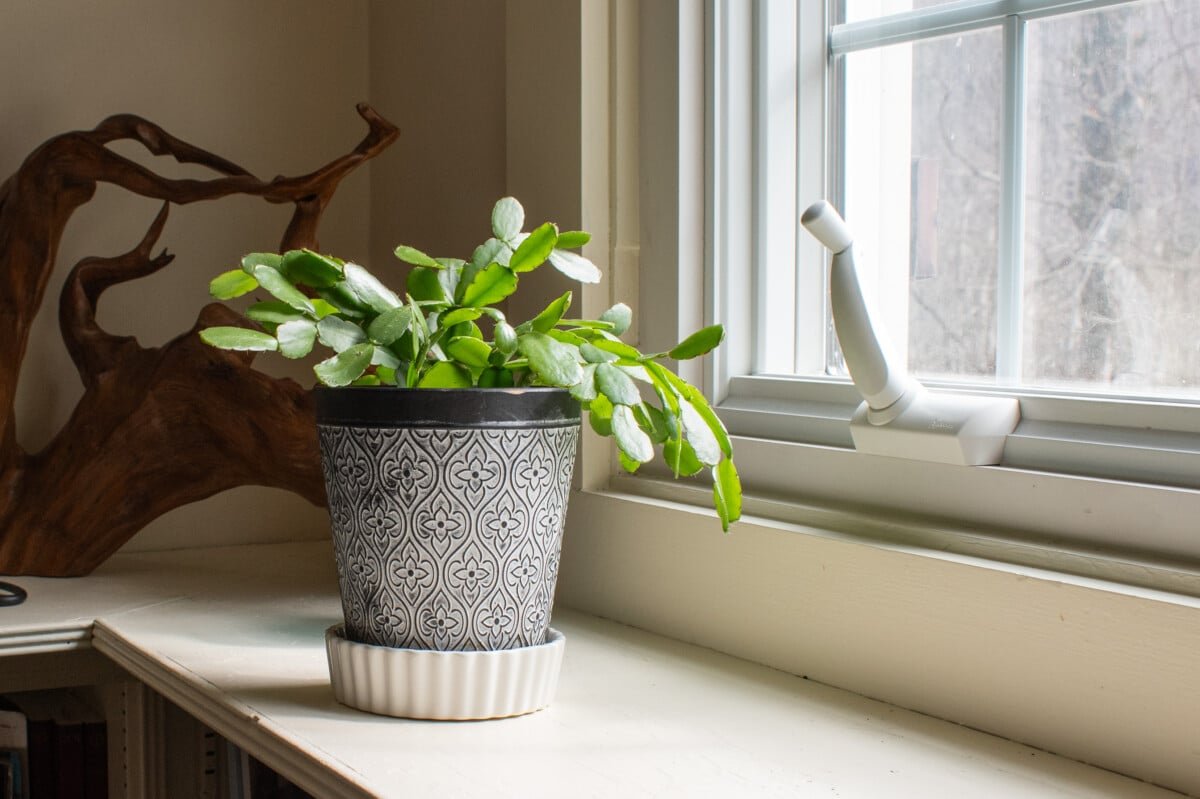
The Problems with Using Saucers Under Planters
Many plant lovers might not realize that using saucers can cause a number of issues. These range from concerns about the plant’s well-being to possible harm to the surfaces in your house. Saucers can trap water, potentially leading to overwatering and root rot, draw pests and mold, cause water damage to furniture or floors, and limit air circulation and drainage. Comprehending these problems can empower plant owners to make well-informed choices on the most effective ways to care for their plants.
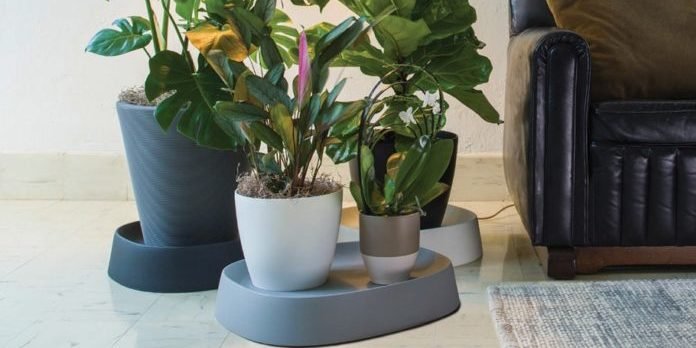
Reasons to Avoid Saucers Under Planters
Several strong arguments exist for not using saucers under planters. The plant’s health and the surrounding environment’s upkeep are the primary concerns. A deeper look at these reasons allows plant enthusiasts to better grasp the possible disadvantages of using saucers and explore different plant care techniques.
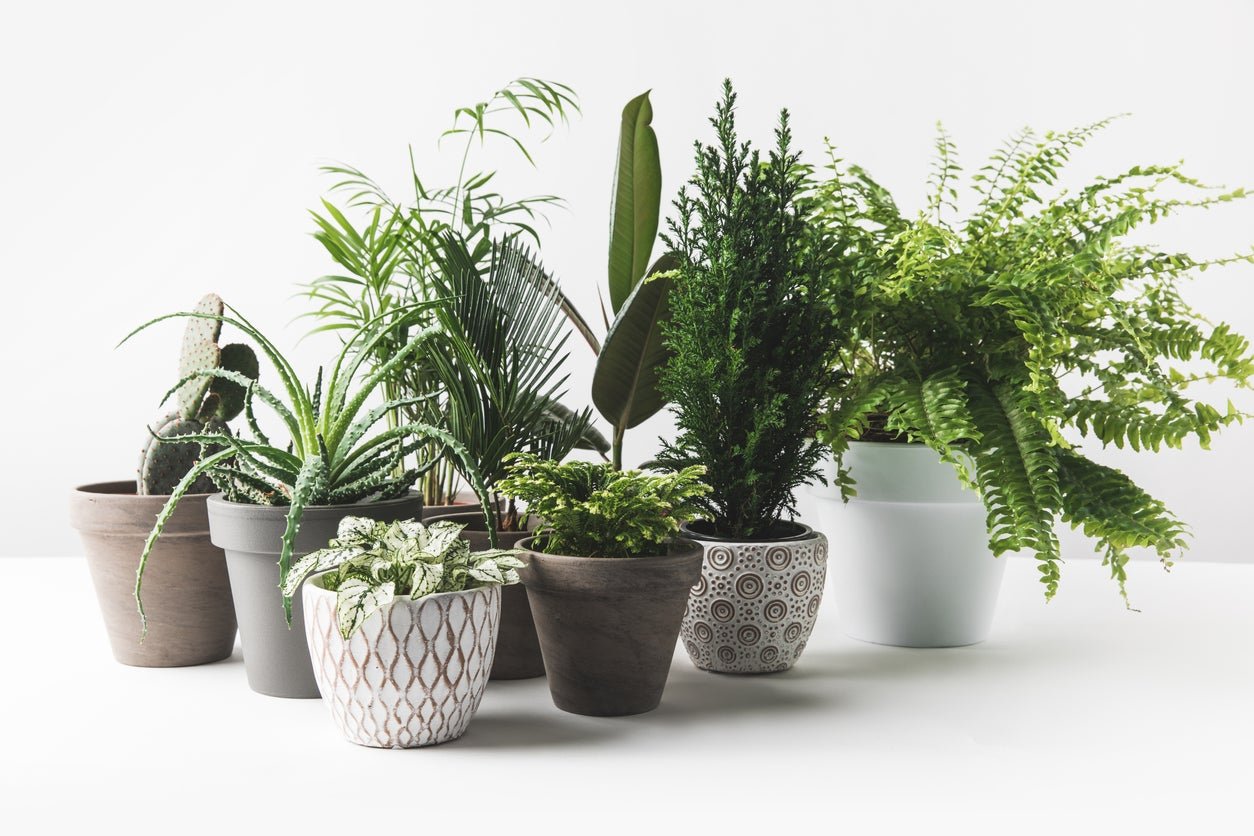
Reason 1: Risk of Overwatering and Root Rot
One of the biggest risks when using saucers is the chance of overwatering the plant. Water accumulated inside a saucer generates an environment of continuous moisture, which stops the soil from drying out as expected. This circumstance can easily trigger root rot, a deteriorating condition that affects the roots due to persistent exposure to moisture. Since it limits the plant’s capacity to absorb both water and essential nutrients, root rot is frequently harmful. Proper drainage is essential for containers to protect against this, as is making sure that extra water never stays in the saucers for too long.
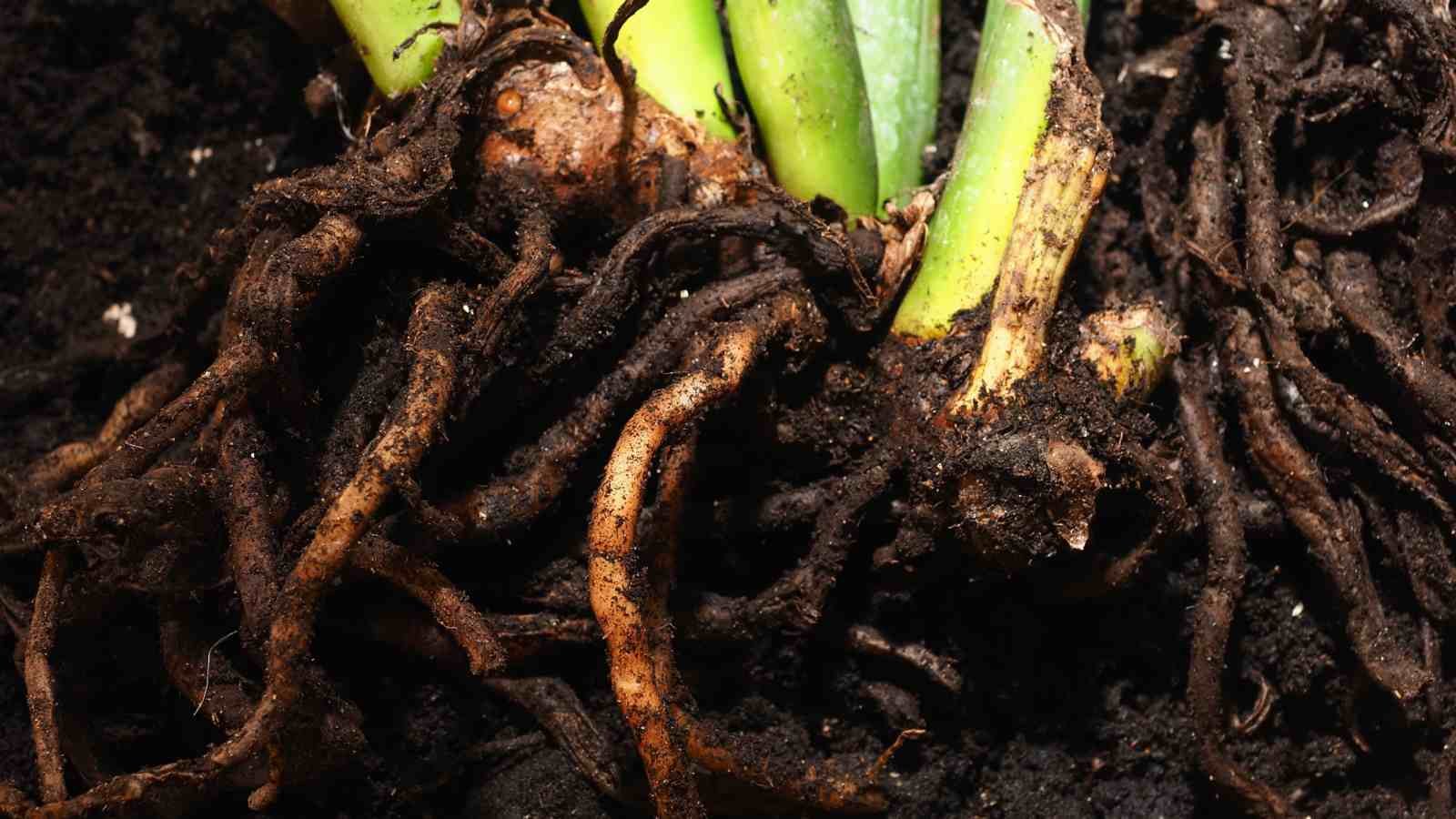
Reason 2: Attraction of Pests and Mold Growth
Pests, like gnats and mosquitoes, plus other insects that thrive in damp settings, are drawn to the water that collects in saucers. Furthermore, dampness can encourage the proliferation of mold and mildew, which can affect the plant and its surrounding areas. Mold endangers plant health and can also be hazardous to humans, especially those with allergies or breathing difficulties. To avert these issues, always keep the surrounding dry and provide adequate ventilation.

Reason 3: Potential for Water Damage to Surfaces
Leaking or overflowing saucers have a chance of causing water-related issues on flooring, carpets, or furniture. This is particularly concerning for wooden surfaces, which have the potential to twist or stain when left wet. Even with a saucer, water can still seep through cracks or overflow when there is heavy watering, resulting in expensive-to-repair damage. Mitigation of this danger is achievable through using protective mats or trays which extend to the periphery of the saucer.
Reason 4: Limitation of Airflow and Drainage
Saucers may restrict airflow around the planter’s base, which is crucial for roots that are developing healthily. Sufficient airflow makes it possible for the soil to dry out among waterings, which lowers the possibility of fungal spread and promotes a robust root structure. Moreover, saucers can block drainage, especially when they are not emptied consistently. Keeping the plant healthy calls for providing appropriate drainage holes in containers and raising them to encourage air circulation.
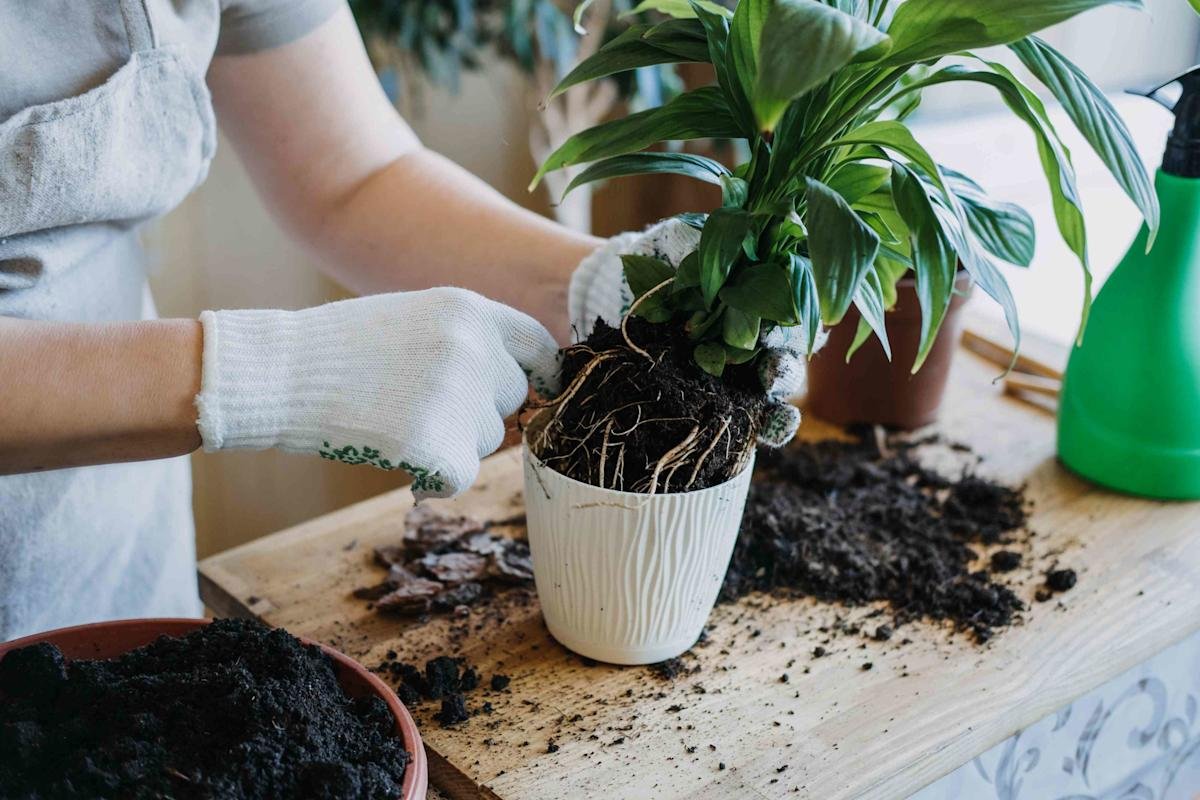
Alternative Solutions to Using Saucers
Think about employing substitutes that encourage enhanced airflow and drainage in place of saucers. Making use of a pebble tray – an effective technique that raises the planter and enables the roots to drain away from the water – is a common choice. Further possibilities encompass employing self-watering planters that manage moisture levels more efficiently, or positioning planters on plant stands to stimulate greater air movement.

How to Use a Pebble Tray for Planters
An easy and reliable means of boosting drainage for indoor plants is a pebble tray. Choose a tray larger than the planter’s base, to make a pebble tray. Add a layer composed of small rocks or pebbles till it fills the tray, then pour water till it barely passes the pebbles’ tops. Position the planter atop pebbles, making certain the pot’s lower part stays away from the water. The setup will assist excess water in going away from the roots as it keeps up humidity surrounding the plant.
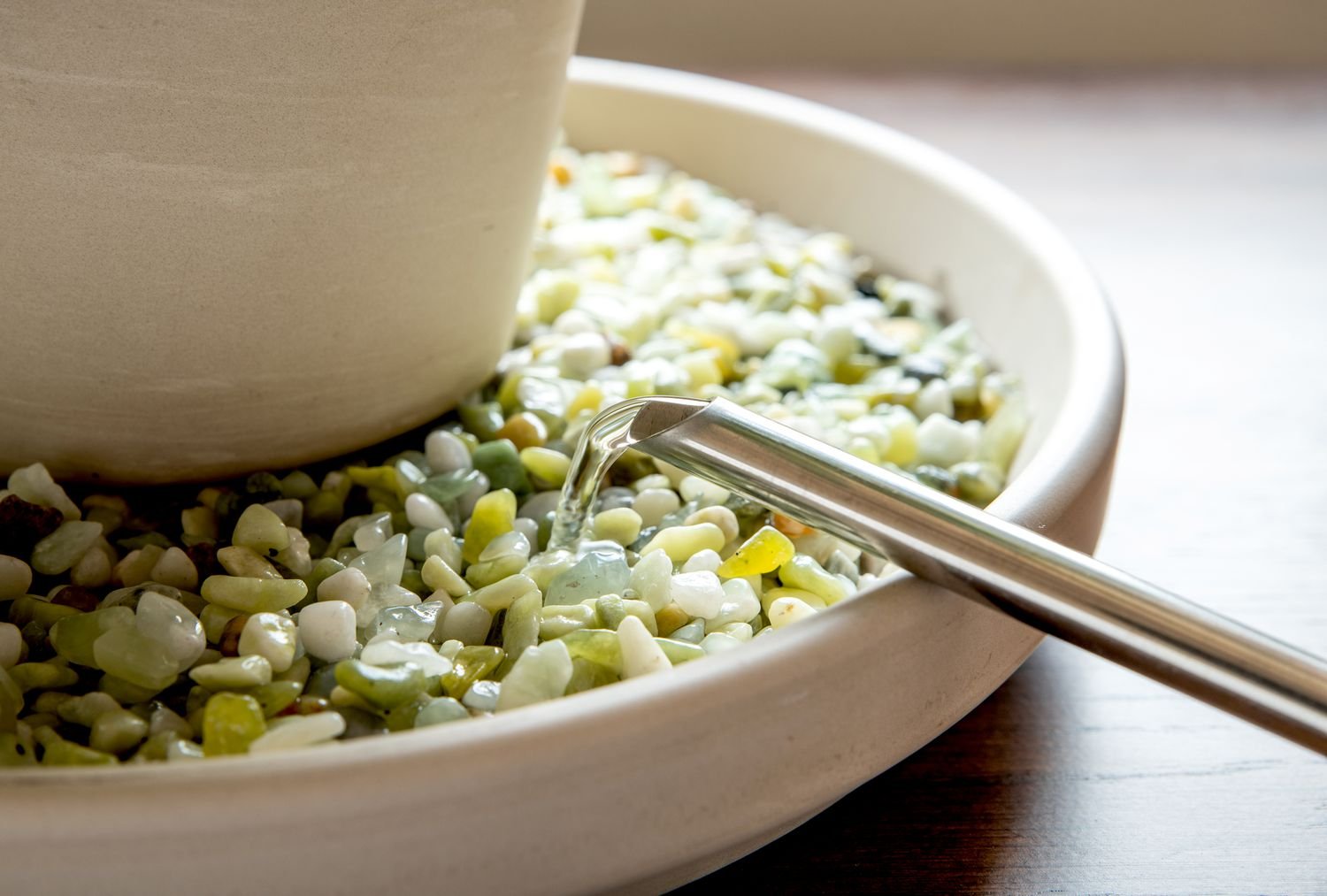
Additional Ideas for Improving Plant Drainage
Besides using pebble trays, you also have some other choices when you want to improve plant drainage. Be sure that the pots that you are using have enough drainage holes in them, and add gravel or coarse sand at the bottom of the pot which would boost even more drainage. Prevent waterlogging by utilizing soil mixes that are well-draining like ones containing perlite or vermiculite. For sustaining the ideal water levels, reviewing and changing watering plans in accordance with the plant’s demands and varying environmental conditions needs to become a regular thing.
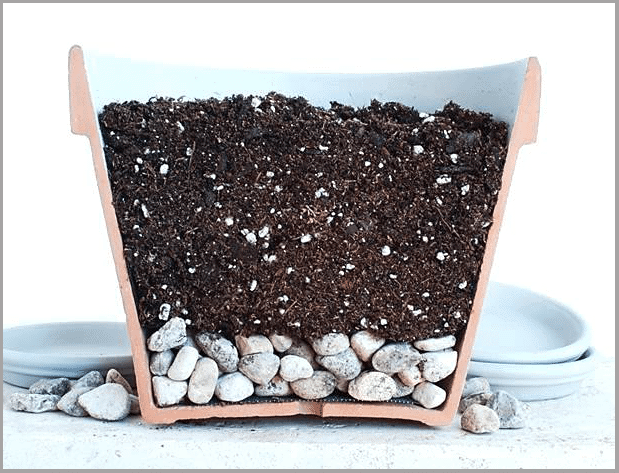
Conclusion: Best Practices for Healthy Plant Care
Make encouraging enough drainage and airflow a priority to ensure proper plant care. Steer clear of using saucers since they might trigger typical issues like pest attraction, water damage on surfaces, and overwatering. You must explore other choices such as plant stands, self-watering pots, and pebble trays instead to produce an atmosphere that’s advantageous towards plant wellness. If you understand the needs of your plants and then adjust your care practices, be certain your indoor garden should flourish.

